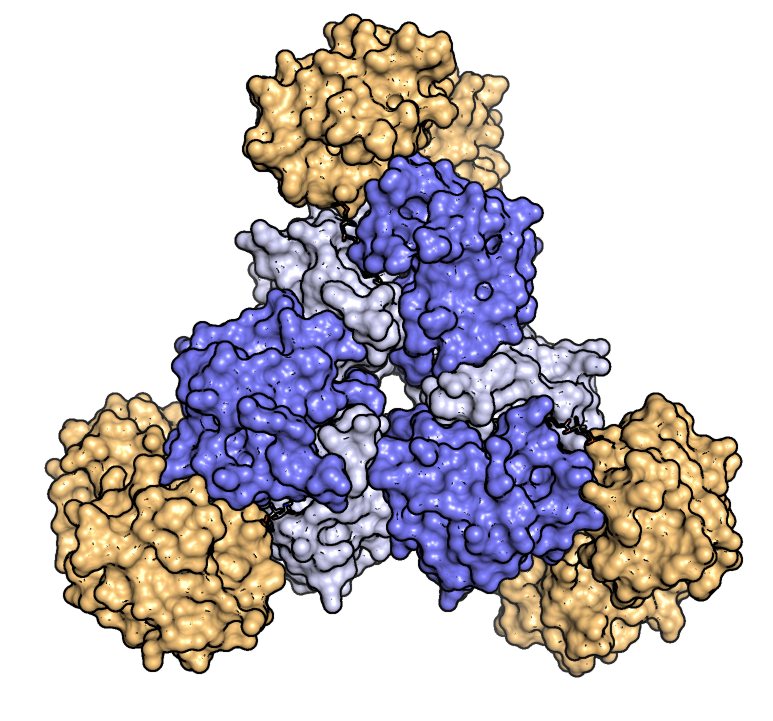
STePLADDER: Solving The Pathway of LADDERane biosynthesis
ERC-funded project
![Ladderane structures in biological lipids. a. Pentacycloanammoxic acid, a [5]-ladderane. b. example of a [3]-ladderane fatty acid with a cyclohexane ring. c. ladderane lipids display ether- as well as ester linkages to the glycerol moiety. d. the cis junction of cyclobutane rings results in a pleated three-dimensional structure.](/14586251/original-1687515345.jpg?t=eyJ3aWR0aCI6MjQ2LCJvYmpfaWQiOjE0NTg2MjUxfQ%3D%3D--46775c27fc6b13dc40df3aadd4506bea0b672a82)
Ladderanes are highly unusual hydrocarbon moieties with linearly concatenated cyclobutane rings. They are
found in the fatty acids of the membrane lipids of bacteria performing anaerobic ammonium oxidation (“anammox”). How these complicated molecules are produced is expected to involve both novel enzymes and specially evolved versions of known proteins, but the details remain enigmatic. How do these enzymes assemble such intricate carbon skeletons? How do they control the complex stereochemistry involved? How do they deal with the typical nonreactivity of hydrocarbons? And how do they overcome the ring strain inherent in these molecules? Answering these and other questions about the molecular mechanism of ladderane biosynthesis will open up new frontiers in enzymology.
Our ERC-funded project therefore aims at elucidating the pathway of ladderane biosynthesis.
We are using a synergistic approach, combining biochemistry, chemical biology and structural biology to arrive at a comprehensive view of ladderane biosynthesis in molecular detail. Heterologous expression of selected biosynthetic gene clusters is used to study ladderane biosynthesis in vivo. Chemical biology is used to load ladderanes and their intermediates onto carrier proteins to study their interactions with enzymes from the biosynthetic pathway in vitro. Protein crystallography elucidates structures of enzymes and their complexes with ladderane-loaded carrier proteins. The knowledge accumulated will not only break new ground in enzymology, but also serve as a stepping stone for the use of these enzymes in bioinspired organic synthesis.
![Ladderane structures in biological lipids. a. Pentacycloanammoxic acid, a [5]-ladderane. b. example of a [3]-ladderane fatty acid with a cyclohexane ring. c. ladderane lipids display ether- as well as ester linkages to the glycerol moiety. d. the cis junction of cyclobutane rings results in a pleated three-dimensional structure. Ladderane structures in biological lipids. a. Pentacycloanammoxic acid, a [5]-ladderane. b. example of a [3]-ladderane fatty acid with a cyclohexane ring. c. ladderane lipids display ether- as well as ester linkages to the glycerol moiety. d. the cis junction of cyclobutane rings results in a pleated three-dimensional structure.](/14586251/original-1687515345.jpg?t=eyJ3aWR0aCI6MzQxLCJmaWxlX2V4dGVuc2lvbiI6ImpwZyIsIm9ial9pZCI6MTQ1ODYyNTF9--c1ed757316fc26d526475aa39fbb2c6ed5c0a29b)